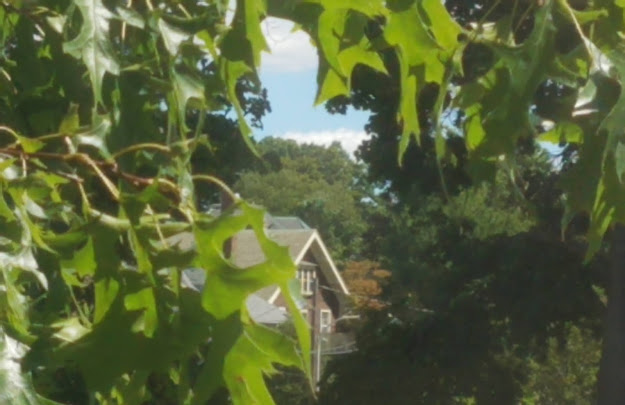 |
| Main entrance hall, New York Public Library, Main Branch (1911, Carrère & Hastings). Photo: Alex Proimos. License: CC BY 2.0. |
 |
| Stacks, New York Public Library. Archival photo. |
I don't just mean the logical reasoning its patrons hoped we would nurture through reams of reading and research in its hallowed halls and stately stacks.
I'm referring to the logical layout users expect of it upon entering—a proper progression of rooms, sequential adherence to the Dewey Decimal System (if used), clear wayfinding signs and nodes, etc.—so they won't have to hound elusive mountain goats or be waylaid by red herrings to track down a desired book or paper, claim a cubicle or computer, or reach a restroom in time.
 |
| Portico, New York Public Library. Photo: GK tramrunner229. License: CC BY-SA 3.0. |
After all, no one wants a library experience like a wild duck hunt through Super Stop & Shop, a quest for a lost kid at Six Flags, or a scramble for budget parking in New York. Yet some libraries venture beyond their book repository and study hall roles so surreally I'd love to get lost in them, if only to gawk at their glory, eye their ornament, fixate on their frescoes, or thirst for the thought resting on their sky-high shelves.
Besides, midcentury modern libes are as antiseptic as ERs. So why not enjoy a circus of sights while combing the collections, as either a diversion from studies or an artistic experience of the library's intellectual depth?
 |
| Library, Trinity College Dublin (1732, Thomas Burgh). Photo: David Iliff. License: CC BY-SA 4.0 |
 |
| Library, University Club of New York (1899, Charles Follen McKim). |
 |
| Library, Clementinum, Prague, Czech Republic (1722, Kilian Ignatz Dientzenhofer, frescoes painted 1727 by Jan Hiebel). Photo: Bruno Delzant. License: CC BY 2.0. |
 |
| Admont Abbey Library (1776, Joseph Hueber), Admont, Austria Photo by Jorge Royan (License: CC BY-SA 3.0) |
 |
| George Peabody Library (1878, Edmund George Lind), Baltimore, Maryland. Photo by Matthew Petroff (CC BY-SA 3.0). |
 |
| Salt Lake City Public Library (2003, Moshe Safdie & Associates and VCBO Architecture) Photo by Nova77 (GNU Free Documentation License) |
BETTY: It's...it's awesome!
CHUCK: Wow! And double wow!
JUGHEAD: Throw in a triple wow for me! (Archie #570)
Eager to eat up as much space as food (if not learning), Jughead nailed it regarding not just the library's astronomical dimensions, but also its expression of the infinite information the libes now possess, kudos to what bounds beyond bookshelf growth: cyberspace and the Internet.
Now that's something to get lost in.
Thank you for visiting. I welcome your comments!
























































